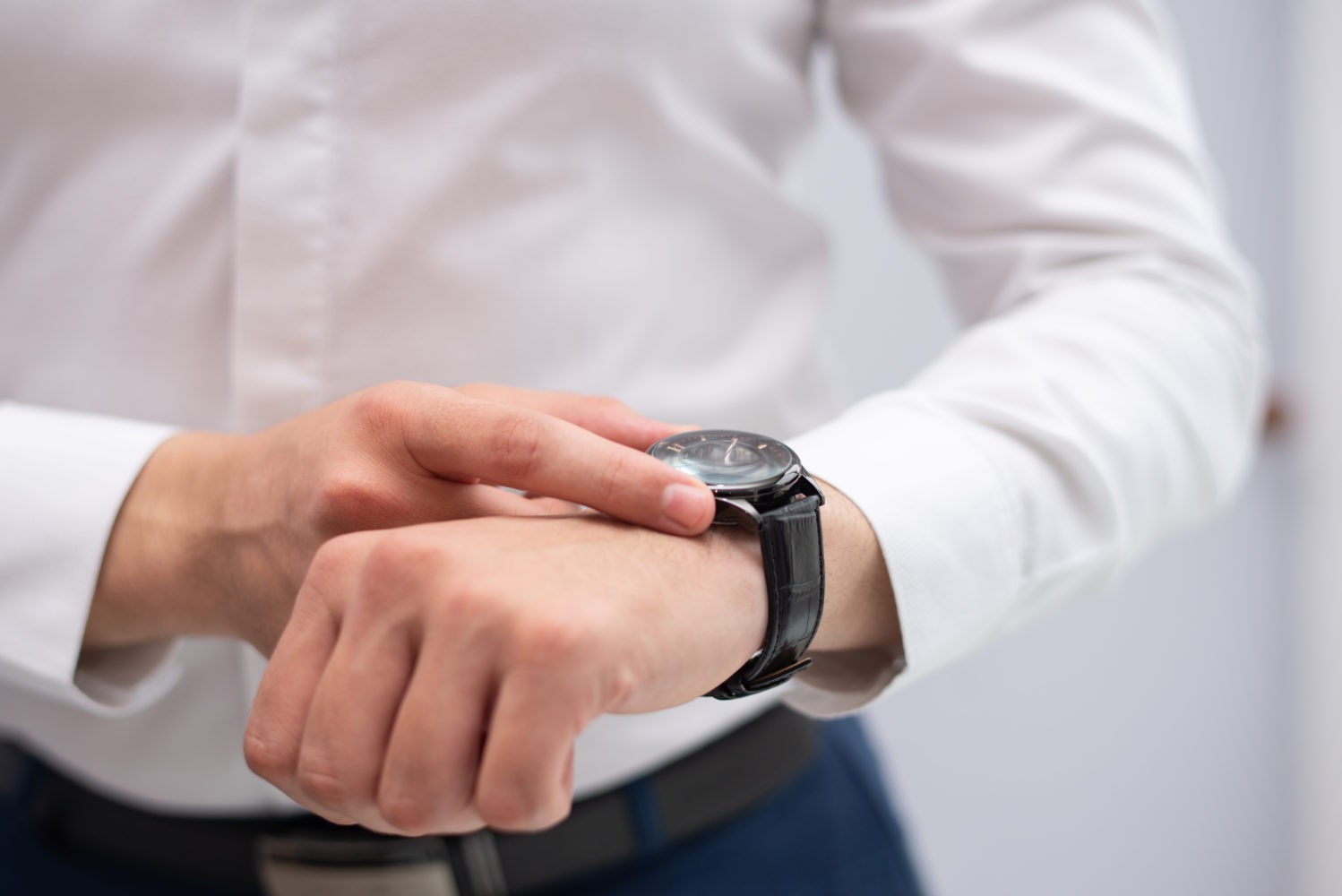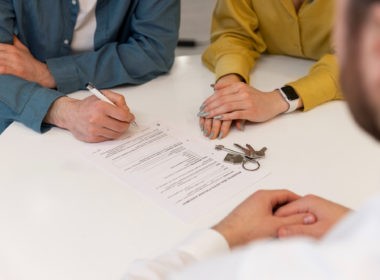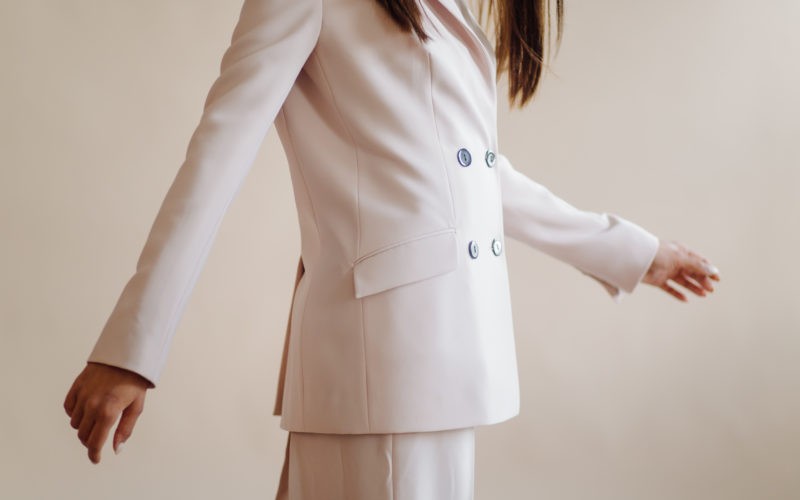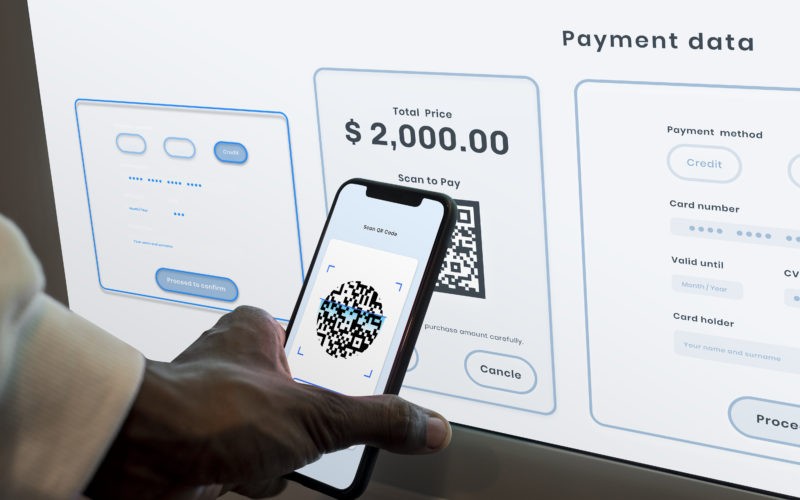How you present yourself at work influences how others perceive your credibility, attention to detail, and understanding of professional norms. Whether you’re heading into a routine meeting, attending a formal event, or navigating a casual Friday, knowing how to dress appropriately helps you align with expectations while staying confident and composed.
This guide outlines key dress codes, appropriate accessories, footwear etiquette, and the kind of attitude that supports a professional appearance.
Understanding Business Dress Codes
1. Business Formal
Best for: Corporate settings, law firms, finance, high-level meetings.
- Men: Dark tailored suit, white or light-colored dress shirt, conservative tie, leather dress shoes.
- Women: Pantsuit or skirt suit in neutral tones, modest blouse, closed-toe heels, minimal jewelry.
Tip: Stick to classic styles and avoid overly trendy elements. Grooming and fit are just as important as the clothing itself.
2. Business Professional
Best for: General office wear, client meetings, daily presentations.
- Men: Dress pants, collared shirt, blazer or sports coat, optional tie, loafers or oxfords.
- Women: Sheath dress, blouse with slacks or skirt, conservative heels or flats.
Tip: Incorporate subtle colors and patterns for a modern touch, but keep the silhouette structured and refined.
3. Business Casual
Best for: Creative industries, tech startups, casual workdays.
- Men: Chinos or dress pants, polo shirt or button-down, loafers or clean sneakers.
- Women: Blouse with slacks, tailored dress, cardigan or casual blazer, stylish flats.
Tip: Avoid jeans unless explicitly allowed. Even in casual environments, aim for a clean, cohesive look that signals professionalism.
When Is Casual Appropriate?
Casual attire may be acceptable during:
- Casual Fridays
- Remote work (with video meetings in mind)
- Team-building events or retreats
- Creative or startup environments
Still, avoid clothing that is sloppy, distracting, or revealing. Ripped jeans, flip-flops, and loud graphic tees can undermine your professional image, even in relaxed environments.

Accessorizing with Professionalism
Jewelry
Less is more. Jewelry should accentuate your outfit, not overpower it.
- Men: A classic watch or simple wedding band.
- Women: Stud earrings, a delicate chain, or a thin bracelet. Avoid oversized statement pieces unless the industry embraces bold fashion.
Diamond Rings
Engagement and wedding rings are common in most professional settings. However, refrain from wearing large, flashy stones that can be distracting or appear ostentatious.
Tip: Clean and well-maintained pieces convey attention to detail.

Choosing the Right Watch
A watch is a subtle indicator of personal taste, attention to detail, and professionalism. In workplace settings, watches should complement your outfit rather than dominate it.
Styles to Consider:
- Classic Analog: Timeless and versatile, analog watches with leather or metal bands work well across business formal and professional settings.
- Minimalist Design: Clean dials, neutral tones, and slim profiles are ideal for a modern business casual look.
- Dress Watches: Thin, understated, and typically worn with suits, dress watches are best suited for formal meetings and evening events.
- Smartwatches: These can be appropriate in tech-savvy or casual workplaces, but opt for discreet designs and avoid using features (like loud notifications) during meetings.
What to Avoid:
- Oversized or heavily embellished watches that draw too much attention
- Digital watches with rubber straps in formal environments
- Flashy logos or colors that clash with professional attire
The right watch should blend in with your overall look while quietly elevating it. Think of it as a final detail that supports your image, not one that competes with it.
Other Accessories
- Belts: Leather belts in neutral tones that match your shoes.
- Ties/Scarves: Use patterns sparingly — think subtle stripes or solids for conservative settings.
- Bags: Opt for structured handbags or briefcases that complement your outfit and serve a practical purpose.
Shoes Matter More Than You Think
Footwear says a lot about your attention to detail and polish.
Professional Footwear Guidelines:
- Men: Oxfords, derbies, or loafers in brown or black. Avoid worn-out or unpolished shoes.
- Women: Closed-toe heels, loafers, or flats. Choose comfort without compromising formality.
Avoid: Flip-flops, overly casual sneakers, sandals, or boots with heavy embellishments (unless the environment permits them).
Tip: Shoes should always be clean, well-maintained, and appropriate for your outfit’s formality level.
Attitude: The Invisible Accessory
Dressing well sets the tone, but your attitude completes the professional package. Regardless of your wardrobe, poor posture, slouching, or lack of confidence can undermine a polished look.
Professional Presence Includes:
- Confidence, not arrogance: Walk with purpose, make eye contact, and maintain a calm demeanor.
- Respectful demeanor: Be courteous, punctual, and mindful of cultural differences in attire and etiquette.
- Attention to grooming: Neat hair, trimmed nails, and subtle fragrances show you care about presentation.
- Adaptability: Know when to dial up or down your style based on meetings, events, or work culture shifts.
Tip: Your wardrobe should never wear you — own your look with quiet confidence and self-respect.
Dressing for Special Events
Business Meetings
Default to formal or professional unless you know the dress code is more relaxed. Better to be slightly overdressed than underprepared.
Corporate Banquets and Formal Events
- Men: Tuxedo or dark formal suit, elegant accessories (tie bar, cufflinks).
- Women: Evening dress or cocktail attire in classic cuts and fabrics, modest yet refined accessories.
Networking Events
Smart business casual often works well; stylish, professional, and approachable. Consider layering options in case the setting is more or less formal than expected.
Final Thoughts
Workplace attire reflects more than company policy, it signals how you see your role, how you communicate nonverbally, and how much you respect your professional environment. With a clear understanding of dress codes, thoughtful use of accessories, and a grounded presence, you can navigate professional settings with both confidence and credibility.












